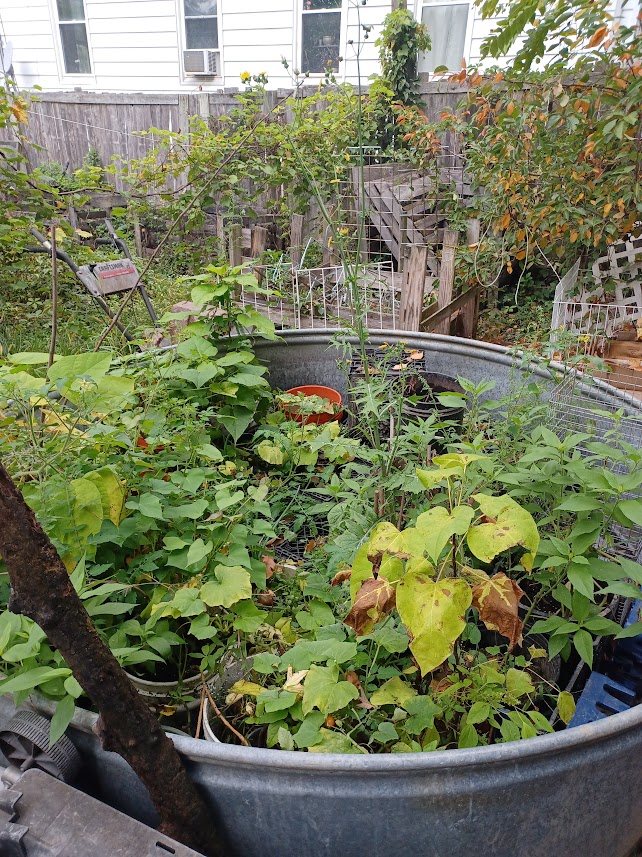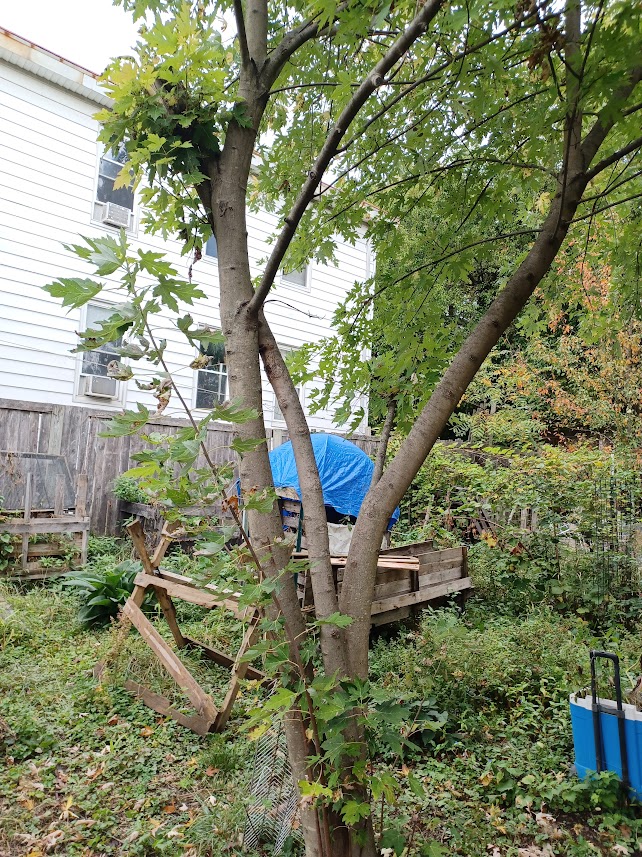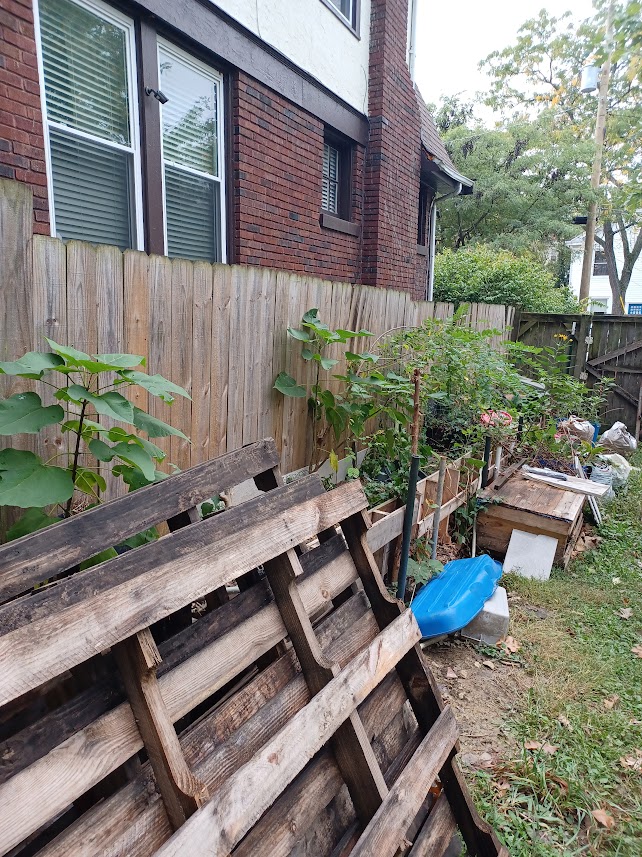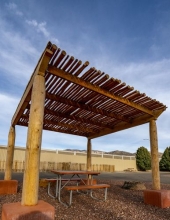posted 2 years ago
I've had more experience than I would like with dealing with tarps.
Things I agree with:
1. The cheap white tarps can work quite nicely as a season extender. Hubby once let a whole bag of potatoes grow foot-long runners when I was called away to help a sick sister. I planted them in late August, covered them with a tarp held up by some bamboo garden hoops about 2 feet tall, and come Feb. I had a bumper crop of tubers.
2. The more a tarp flaps, the faster they start to get micro-leaks/plastic flaking off.
3. They don't like snow. Our snow is heavy, wet, and usually in the middle of the night when I'm not outside clearing it off...
4. I cut around the grommets in worn out tarps if the grommet isn't damaged, and I sew these onto new tarps so that there are a) more attachment points and b) attachment points where I want them.
5. I've scored a few frames from "car shelters" that have lost their tarps. The tarps used to be impossible to replace at any reasonable cost, but people got pissed about that and companies smartened up, so the frames may be harder to get now. However, most of those frames also don't cope with snow load the way they're designed. I took one 20 ft frame and cut the cross pieces in half, so I've now got a 10 ft shelter with much better support and it's coped adequately through several snow storms. We nearly lost a virtually identical shelter that didn't get the "shrinking treatment" and Hubby wasn't watching it carefully enough and we did loose an expensive shelter when he fell asleep and didn't put someone else on watch.
6. I've put up plenty of camping tarps and most of them don't cope with more than light rain. Putting up tarps well is an art. I'm totally sold on the need for a good ridge line and will got one step further and suggest if you can tie up a solid ridge pole as shown in the Philmont design above, your odds of a good outcome in both wind and heavy rain will be higher.
A lot depends on what your goals are. I had an old piece of plastic hanging around. I've got a cucumber plant that has a lot of babies and I'd love to give it another few weeks of a little protection, but the weather is changing fast (we'd been mostly getting 14C at night and last night the low was 6.4C) I just used hockey tape to hold the plastic over top of the bed it's in as there was already a frame. It's not totally enclosed , but the goal is to "block the clear sky". I'll report back as to how it goes... we're expecting a big storm tonight with high winds... I'm not taking bets!
If you end up building a system William, please post pictures of the successes and the failures. There are good lessons everywhere, many of which I wish I'd learned 15 years ago.

 6
6





 4
4




 5
5




 2
2




 9
9




 3
3




 1
1




![Filename: This-is-how-I-usually-run-a-tensioned-line.-Notice-the-lack-of-cable-clips-or-crimps-and-the-cheap-tensioner..jpg
Description: [Thumbnail for This-is-how-I-usually-run-a-tensioned-line.-Notice-the-lack-of-cable-clips-or-crimps-and-the-cheap-tensioner..jpg]](/t/226649/a/223090/This-is-how-I-usually-run-a-tensioned-line.-Notice-the-lack-of-cable-clips-or-crimps-and-the-cheap-tensioner..jpg)








